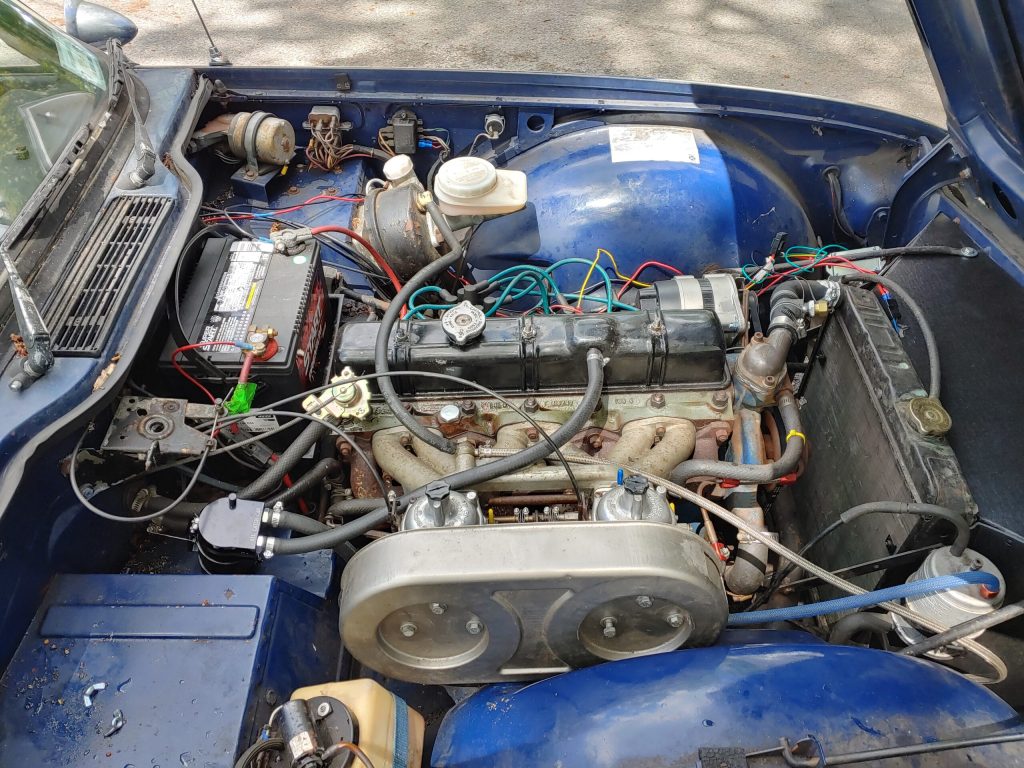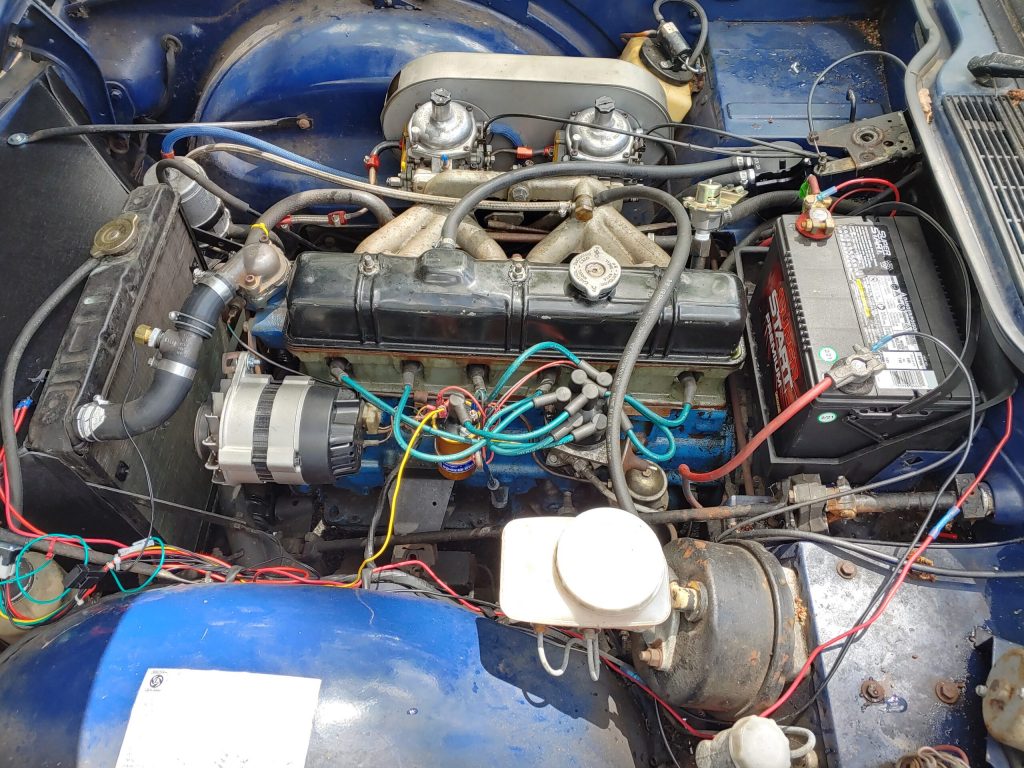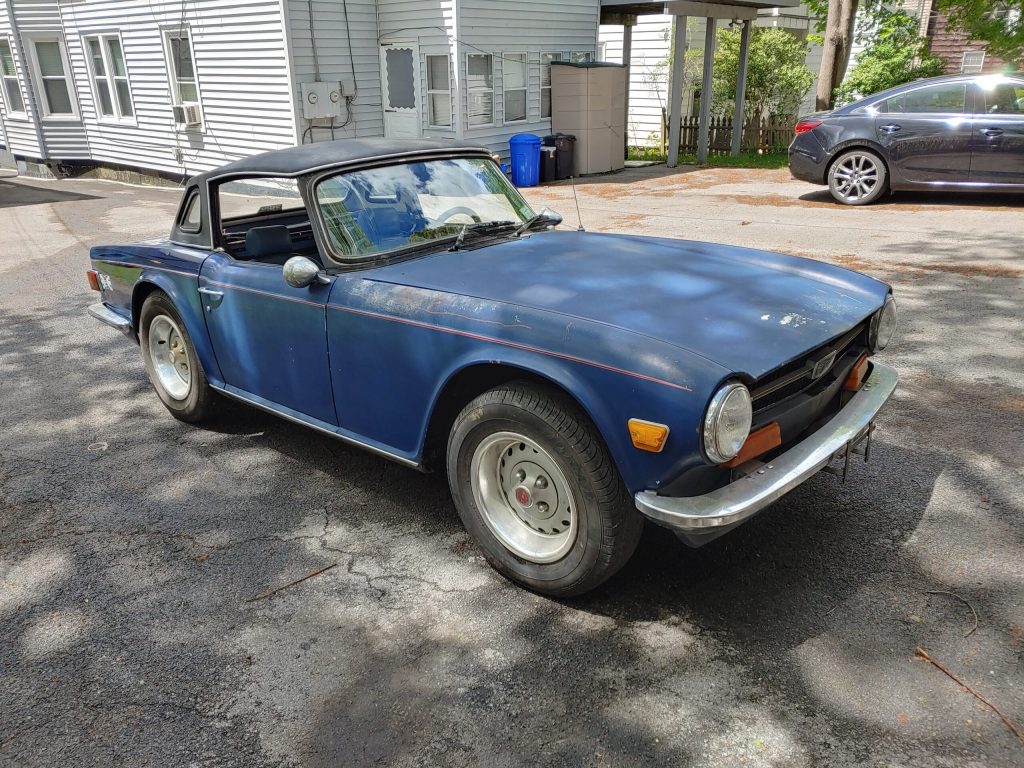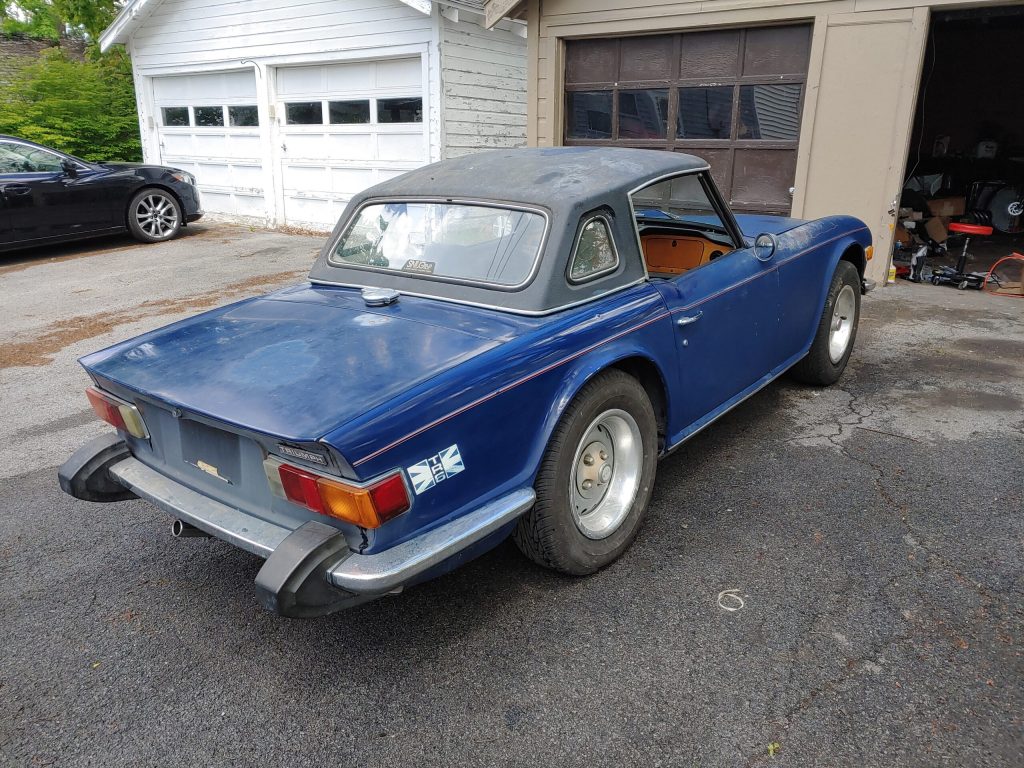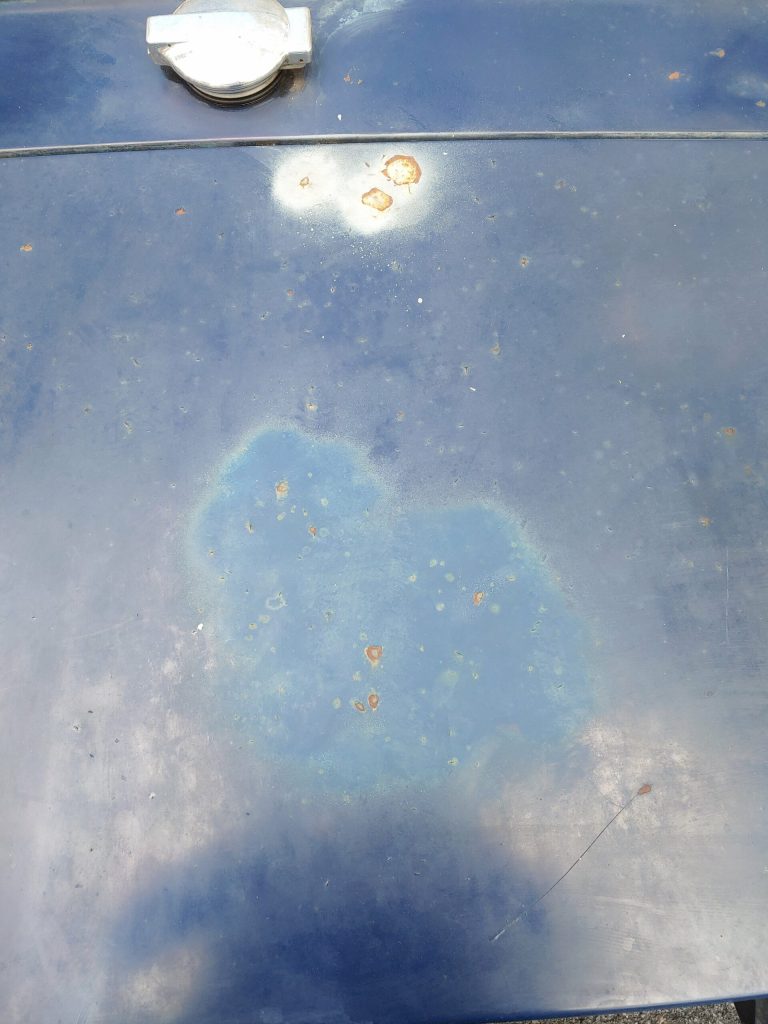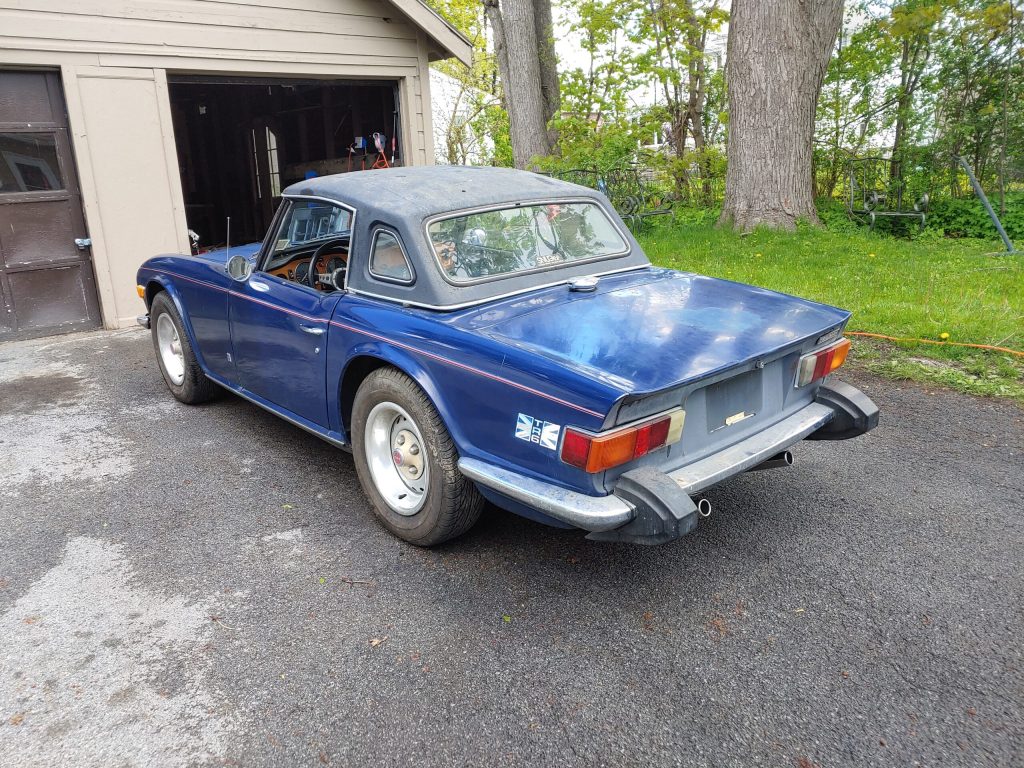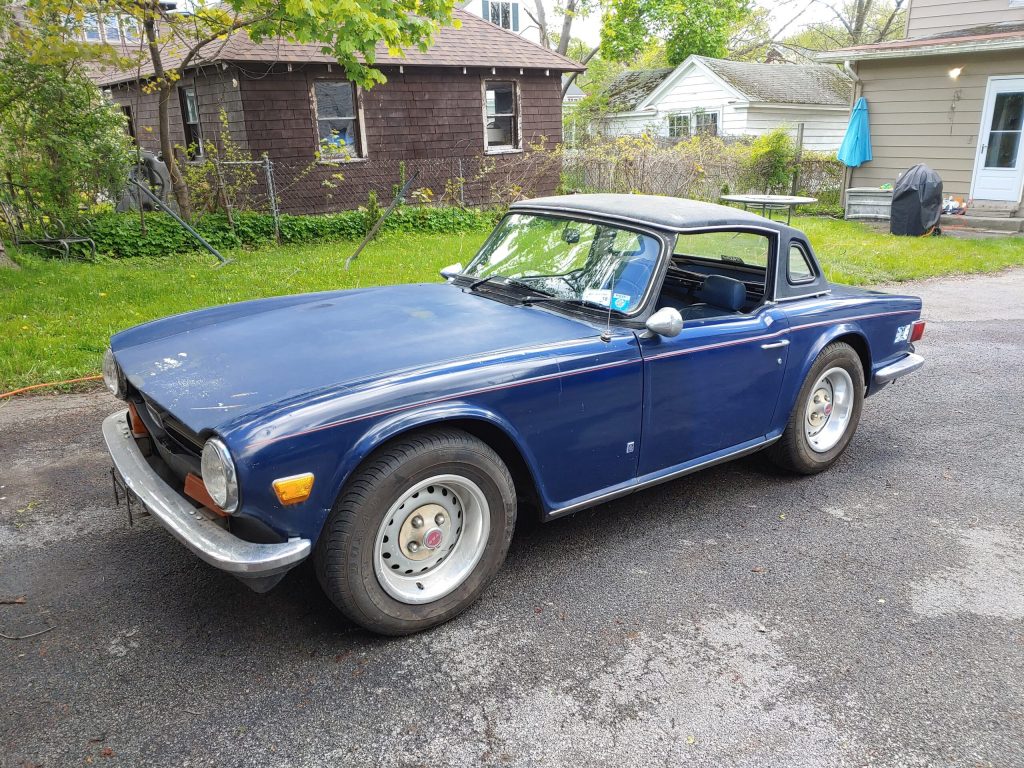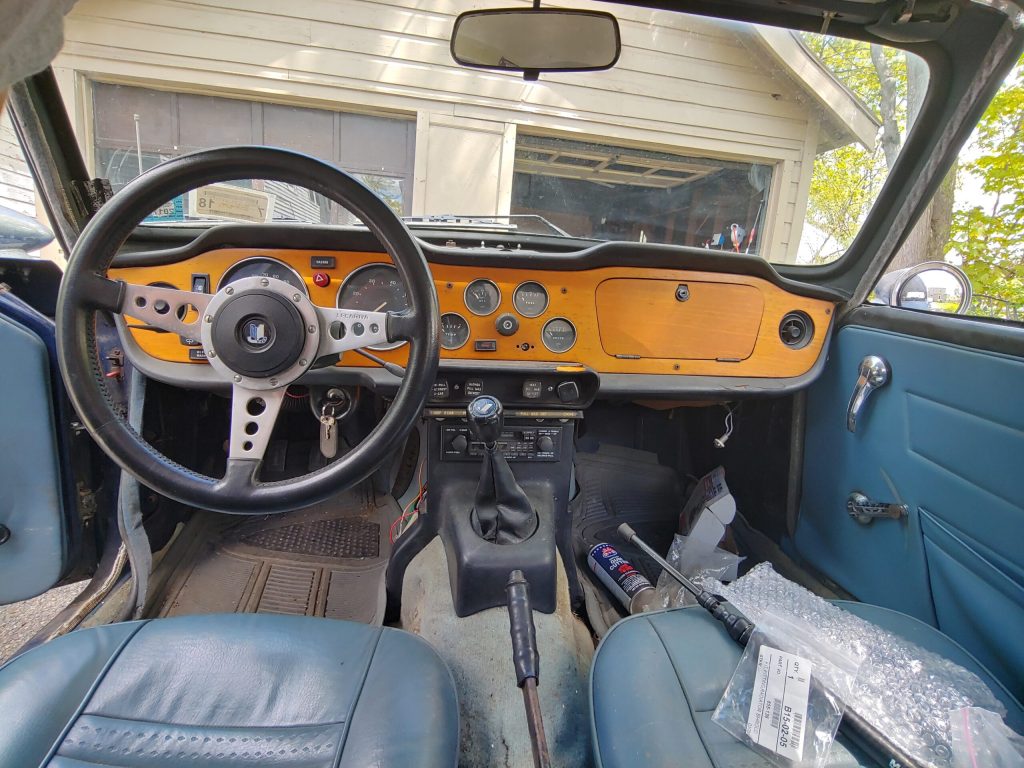Last I left off, I was going to put an extra manifold gasket on my Triumph. I did that, and it definitely fixed the sucking noise issue, but I still didn’t have any luck with the idle problem. More expensive and pressing car problems came up, so that’s where things are still sitting. I haven’t driven the car in a few weeks. Before the summer is over, I’m going to get new diaphragms for the bypass valves and a new ground wire for the distributor. I have a friend with a shop that will soon be able to do state inspections, so I’ll have him inspect it when he’s able, and maybe I’ll borrow his compression tester while I’m there to see how the engine is doing inside. But after that, I’m done spending money on the car for the season. I have other things that need my money and time, and an annoying car can be put on the back burner.
In tech news, my Ceton TV tuner died about a month ago. Just overnight, poof, it didn’t work. There was no obvious damage to the hardware or software, and I spent two hours with Verizon support diagnosing the problem. I initially ordered another used Ceton tuner from eBay, then decided to return it and get a new HDHomerun Prime for about the same price. The HDHomerun is a sort of re-run of a tuner that originally came out like 10 years ago, so it only has three tuners to the Ceton’s six, which is a disappointment. On the bright side, it actually works, has a warranty, and the company still exists. Plus, it works with whatever software, so I don’t need to run a whole Windows VM just for CetonProxy anymore. Which brings me to my next item:
I finally plugged my server into a Kill-a-Watt, and (probably unsurprisingly) it uses a ton of power at idle, which is most of the time. Right now it only runs a couple of fairly light VMs, so processor utilization is almost always in the low single digits, but it uses 200 watts of power. I explored a few options to get rid of the whole server, including hosting Jellyfin on a Raspberry Pi, but it’s just impossible to beat the cost per terabyte on the big server. My six 3TB hard drives in a ZFS array give me 12TB of usable storage, and a failure tolerance of up to three disks (or two, I can’t remember now). Anyways, even getting just 6TB of total storage (two 6TB drives with RAID 1) would cost about $300 for new ones, and I’m still left with only half the storage space that I have now. And while that Raspberry Pi runs Jellyfin very nicely (thanks to the hardware accelerated video playback), NextPVR can’t take advantage of that same acceleration, so web browser viewing of live TV is impossible. So I’d have to purchase new hardware. Prices for crap office desktops are seemingly up from last year, which bites. Factoring in selling the server components, I’d probably come out about even switching to lower power consumer hardware. So rather than do all that stuff, I bought some different processors, a pair of Xeon E5-2450Ls, the 65 watt version of my current 95 watt 2450s. This should give some decent power savings I think, plus I’m going to take out the graphics card that I never could get working for transcoding. The processors should be in by early next week, so I’ll make an update when I get them installed.

